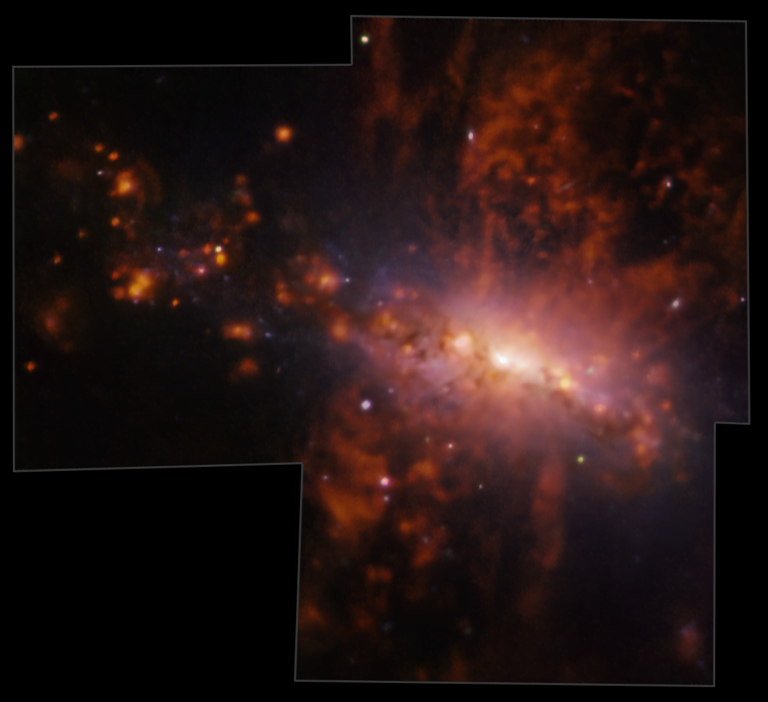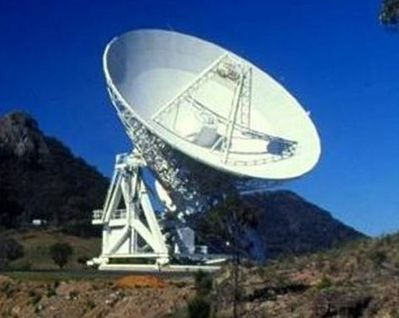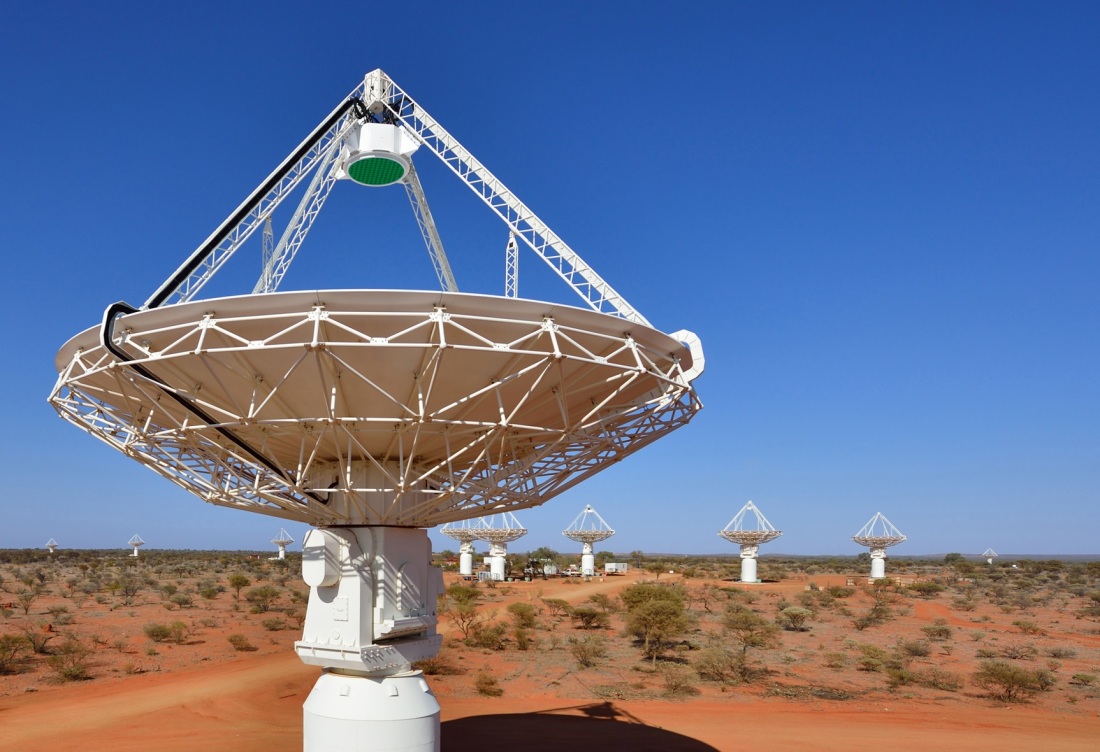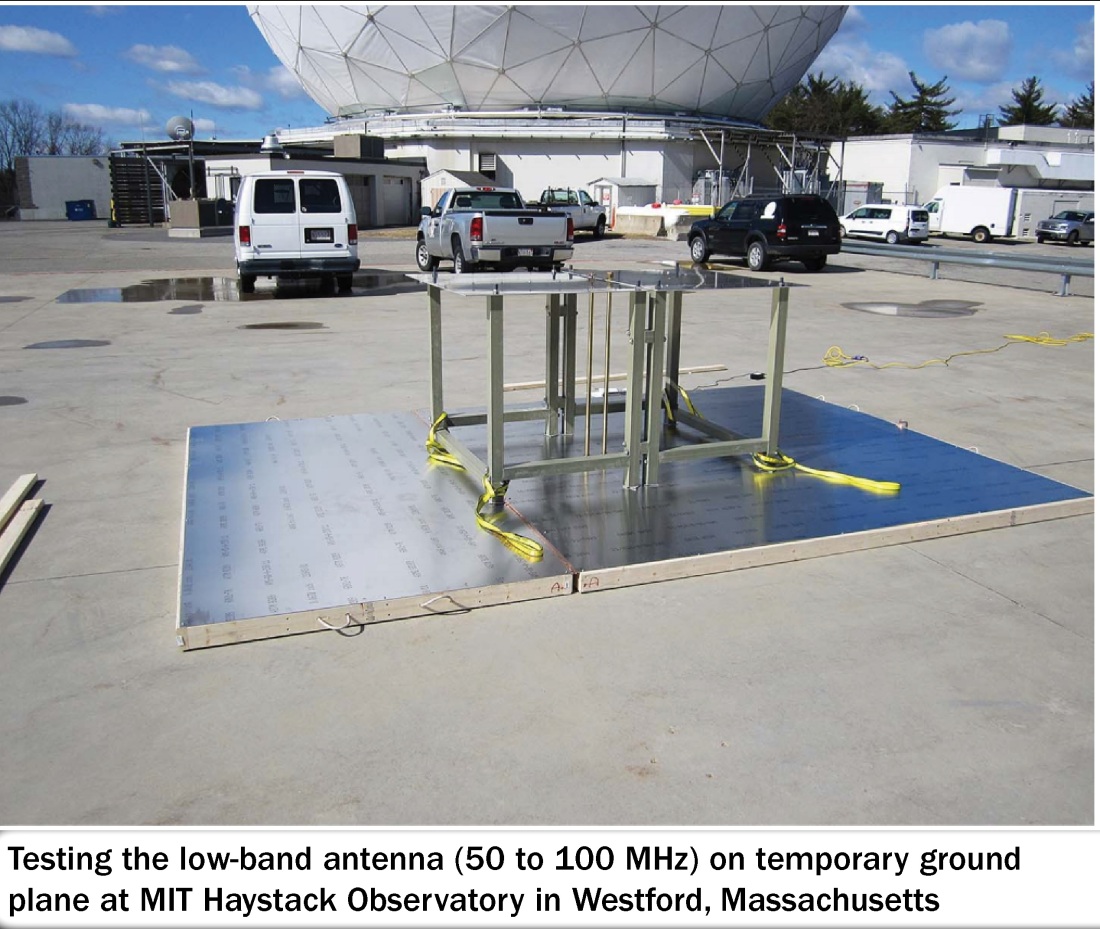From The International Centre for Radio Astronomy Research – ICRAR (AU)
4.22.24

Gas (in red, top and bottom) is ejected from the nearby galaxy NGC 4383. Credit: Watts et al, 2024
Astronomers have produced the first high-resolution map of a massive explosion in the nearby galaxy NGC 4383, providing important clues on how the space between galaxies is polluted with chemical elements.
A team of international researchers studied the galaxy NGC 4383, in the nearby Virgo cluster, revealing a gas outflow so large that it would take 20,000 years for light to travel from one side to the other.
This gas outflow is the result of extremely powerful stellar explosions in the central regions of the galaxy that can eject enormous amounts of hydrogen and heavier elements. The mass of gas ejected is equivalent to over 50 million Suns.
Lead author Dr Adam Watts, from the University of Western Australia node at the International Centre for Radio Astronomy Research (ICRAR), said very little is known about the physics of outflows and their properties because outflows are very hard to detect.
“The ejected gas is quite rich in heavy elements giving us a unique view of the complex process of mixing between hydrogen and metals in the outflowing gas. In this particular case, we can detect oxygen, nitrogen, sulphur and many other chemical elements”.
Gas outflows are crucial to regulate how fast and for how long galaxies can keep forming stars. The gas ejected by these explosions pollutes the space between stars within a galaxy, and even between galaxies, and can float in the intergalactic medium forever.
The survey used the MUSE Integral Field Spectrograph on the European Southern Observatoryʼs Very Large Telescope, located in northern Chile.


ICRAR researchers Professors Barbara Catinella and Luca Cortese, co-authors of the study and co-leaders of MAUVE, said “We designed MAUVE to investigate how physical processes such as gas outflows help stop star formation in galaxies.”
“NGC 4383 was our first target, as we suspected something very interesting was happening, but the data exceeded all our expectations.”
In the future, MAUVE observations promise to reveal the importance of gas outflows in the local Universe with exquisite detail.
The discovery was published today in the journal MNRAS.
See the full article here .
Comments are invited and will be appreciated, especially if the reader finds any errors which I can correct.
five-ways-keep-your-child-safe-school-shootings
Please help promote STEM in your local schools.
The ICRAR(AU) is an equal joint venture between Curtin University and The University of Western Australia with funding support from the State Government of Western Australia. The Centre’s headquarters are located at UWA, with research nodes at both UWA and the Curtin Institute for Radio Astronomy (CIRA).
ICRAR(AU) has strong support from the government of Australia and is working closely with industry and the astronomy community, including CSIRO(AU) and the Australian Telescope National Facility, ICRAR is:
Playing a key role in the international Square Kilometre Array Observatory (SKAO) project, the world’s biggest ground-based telescope array.
Attracting some of the world’s leading researchers in radio astronomy, who will also contribute to national and international scientific and technical programs for SKAO and ASKAP.
Australia Telescope National Facility – radio telescopes included in the Facility include the Australia Telescope Compact Array, the Parkes Observatory, Mopra Radio Telescope Observatory and the Australian Square Kilometre Observatory Array Pathfinder.






Enhancing Australia’s position in the international SKAO program by contributing to the development process for the SKAO in scientific, technological and operational areas.
Promoting scientific, technical, commercial and educational opportunities through public outreach, educational material, training students and collaborative developments with national and international educational organisations.
Establishing and maintaining a pool of emerging and top-level scientists and technologists in the disciplines related to radio astronomy through appointments and training.
Making world-class contributions to SKAO science, with emphasis on the signature science themes associated with surveys for neutral hydrogen and variable (transient) radio sources.
Making world-class contributions to SKAO capability with respect to developments in the areas of Data Intensive Science and support for the Murchison Radio-astronomy Observatory.









